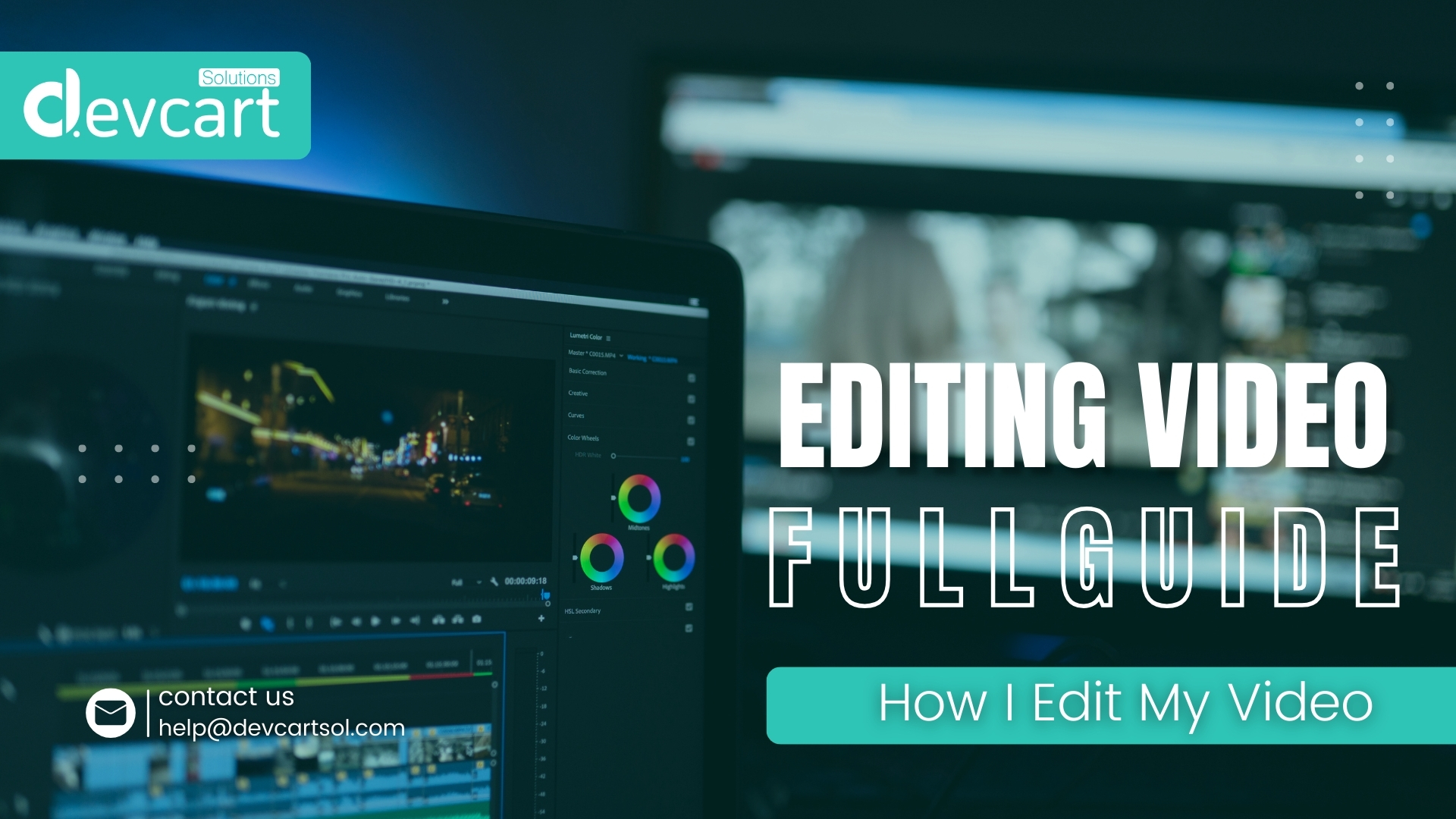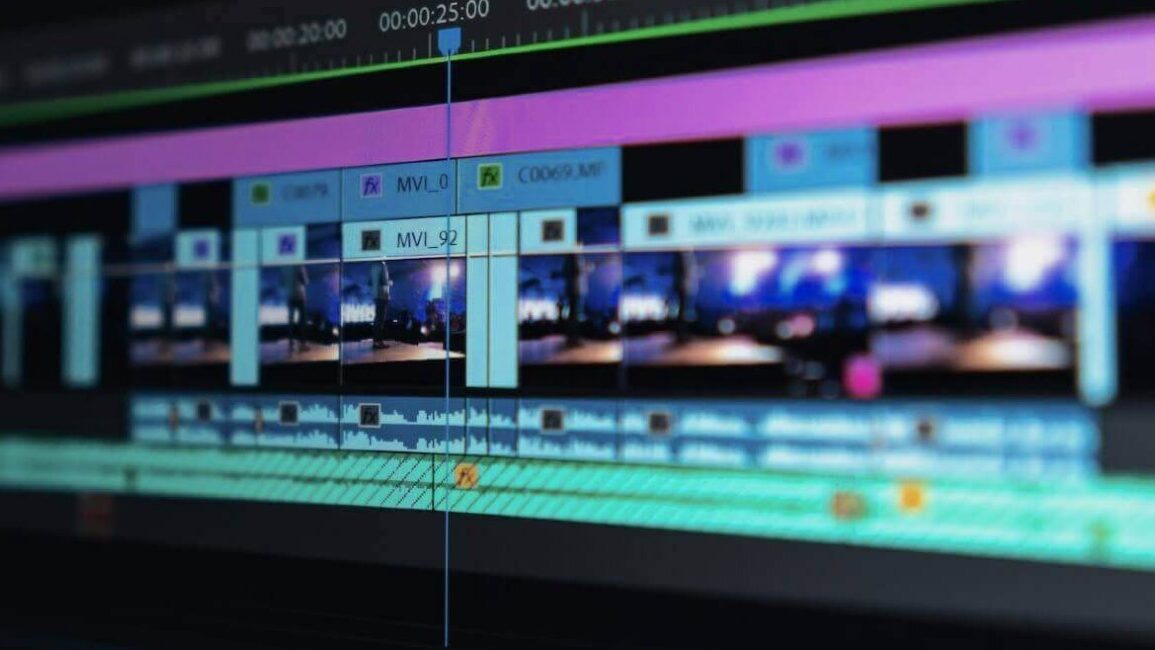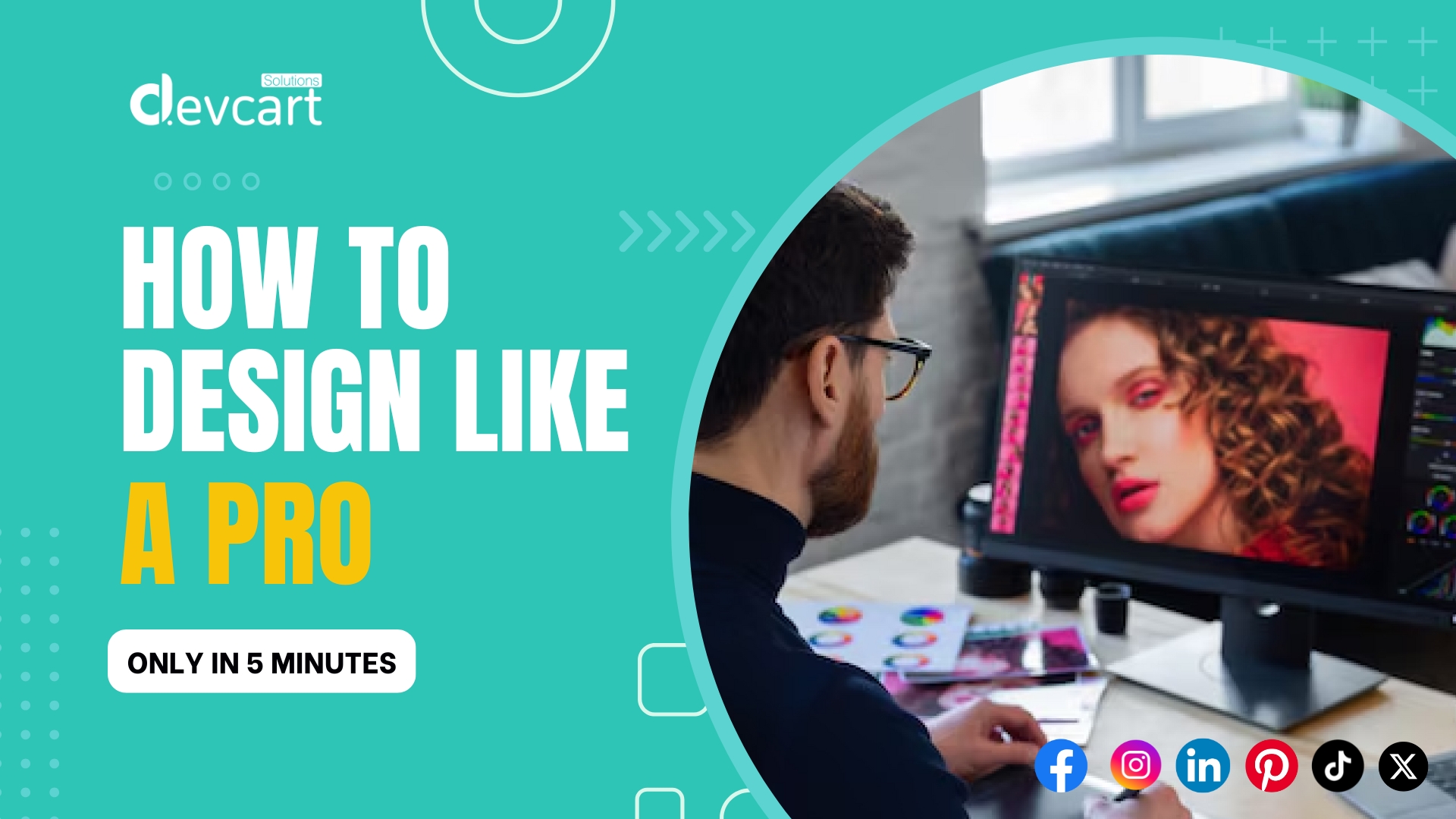In the age of digital storytelling, a picture is truly worth a thousand words—but only when it’s edited to perfection. Photo editing has evolved from being a niche skill used by professionals to a vital part of everyday content creation. Whether you’re a photographer, influencer, marketer, or just someone who loves sharing memories, learning how to edit photos can elevate your visuals and leave a lasting impression.
Why Photo Editing Matters
Unedited photos often don’t reflect the true essence of a moment. Lighting may be off, colors might look dull, or unwanted objects can distract from the subject. Photo editing helps you:
- Enhance colors and lighting
- Improve composition and focus
- Remove imperfections
- Add creative effects and filters
- Prepare images for social media, websites, or print
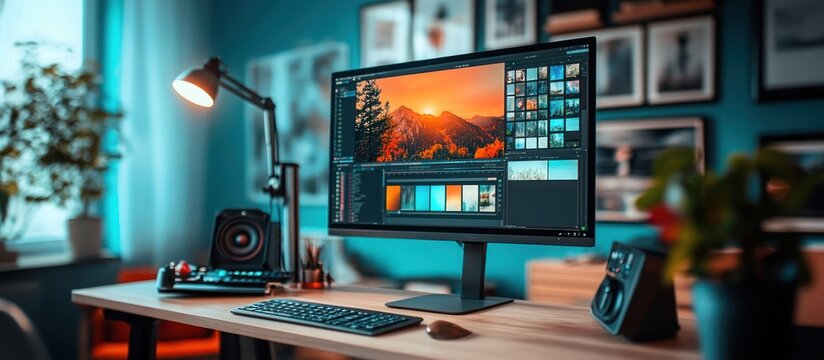
Popular Photo Editing Tools
You don’t need expensive software to start editing. Here are some tools that cater to various skill levels:
1. Adobe Lightroom
Ideal for color correction and exposure adjustments. It’s user-friendly and widely used by photographers for batch editing.
2. Adobe Photoshop
The gold standard for in-depth retouching, compositing, and creating complex visuals. It offers endless creative possibilities.
3. Canva
Perfect for social media graphics and quick edits. Canva combines photo editing with design templates and text tools.
4. Snapseed & VSCO (Mobile Apps)
These free apps offer powerful editing features on the go. Snapseed provides precise control, while VSCO is known for its stylish filters.
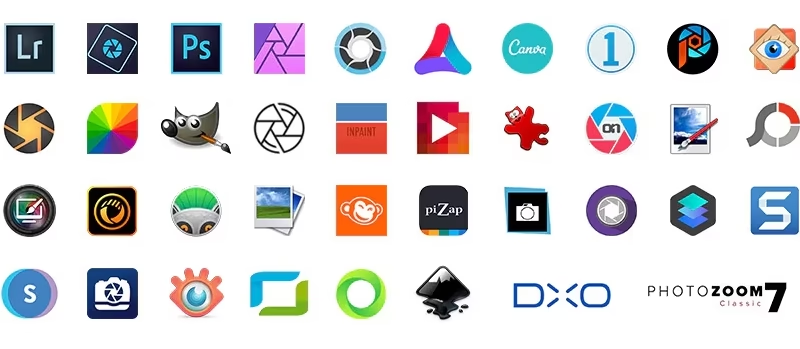
Basic Photo Editing Tips for Beginners
If you’re just getting started, focus on these core areas:
✔ Adjust Brightness and Contrast
Make sure your image is neither too dark nor too washed out. The right balance brings clarity and depth.
✔ Fix the White Balance
Ensure the colors in your photo reflect what they look like in real life—no one wants a blue sunset!
✔ Crop for Better Composition
Use the rule of thirds and remove any distracting elements around your subject.
✔ Sharpen and Reduce Noise
Slight sharpening can make your photo pop, while noise reduction helps clean up grainy images.
✔ Use Filters Sparingly
Filters can enhance mood, but overuse can make photos look unrealistic. Subtlety is key.

Advanced Editing: Going Beyond the Basics
Once you’re comfortable with basic edits, explore:
- Layer masking for targeted adjustments
- Clone tools to remove objects seamlessly
- Color grading for cinematic effects
- Blending modes to combine images creatively
Final Thoughts
Photo editing isn’t just about fixing flaws—it’s about telling your story better. Whether you’re enhancing a family photo or creating visual content for a brand, mastering photo editing opens up a new level of expression and professionalism.
So go ahead, experiment with tools, learn new techniques, and don’t be afraid to push your creative boundaries. Every photo you edit is a canvas—make it count.
Would you like me to tailor this blog post for a specific audience, like photographers, influencers, or small business owners?








